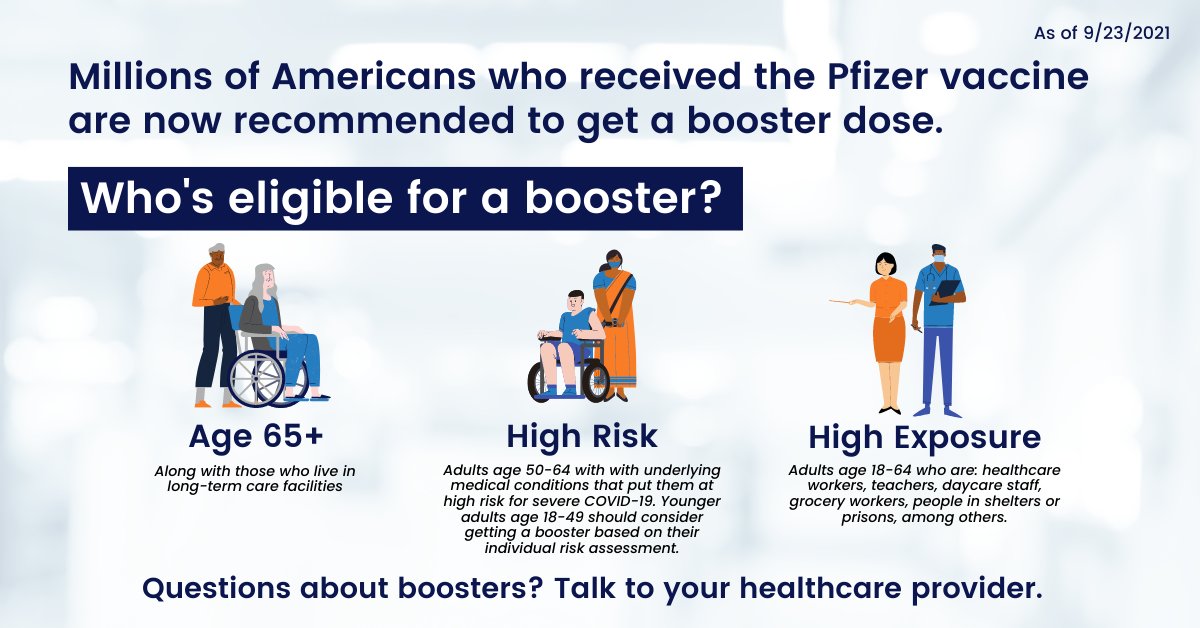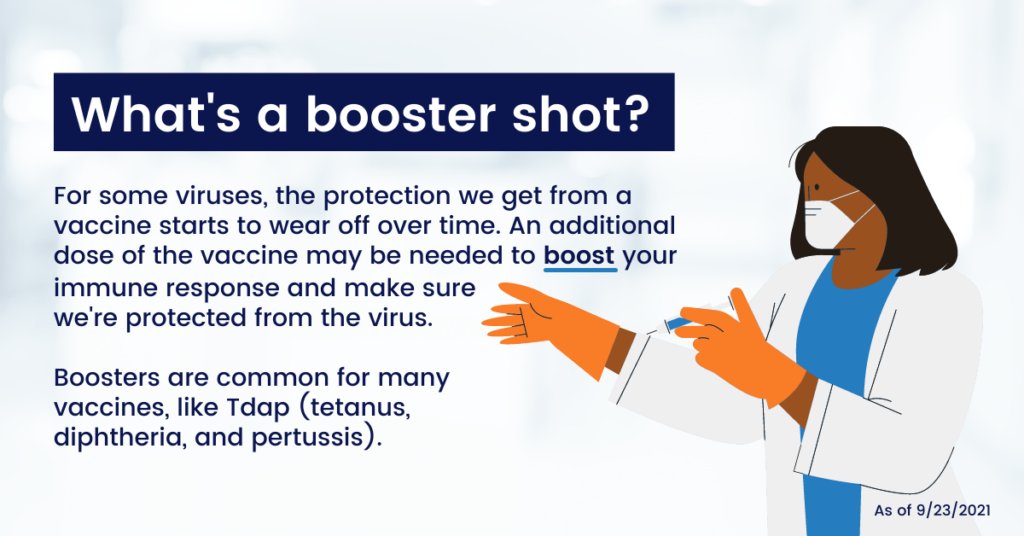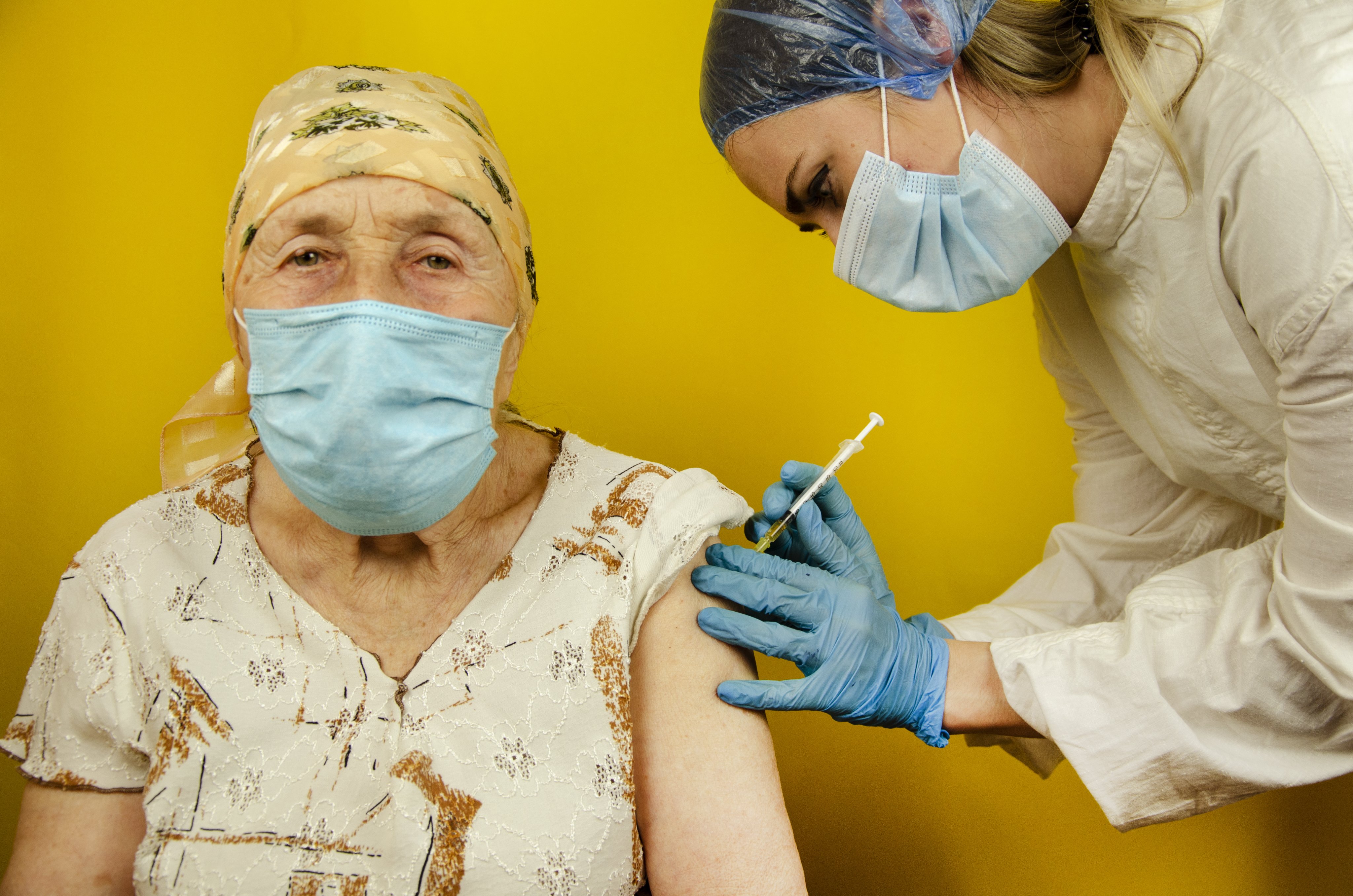Some firefighters on front lines, no strangers to risk, push back against Covid vaccine mandates
“That’s how you make peace with those things,” said Adams, 51, a lieutenant. He believed the precautions his department was taking kept him safe.
But he refused to get a covid vaccine. The reason wasn’t strictly political, he said. He had grown weary of the debate around masks, mitigation, caseloads and vaccines.
In mid-August, both Adams and his wife, Sara, who was fully vaccinated, tested positive for covid. She experienced mild symptoms; however, he was hospitalized with bilateral interstitial pneumonia. His potassium spiked, causing cardiac arrhythmia. He was on oxygen throughout his hospitalization.
“I was wrong,” Adams said several days after leaving the hospital. “I suffered a lot. I don’t even know at this point in the game if I am going to suffer any long-term effects. Does this change who I am for the rest of my life? I don’t know the answer to that. I will be sad if it does.”
Adams now plans to get vaccinated as soon as his doctor allows it, post-recovery. Still, he, like many other firefighters nationwide, does not support mandates for covid vaccines.

































